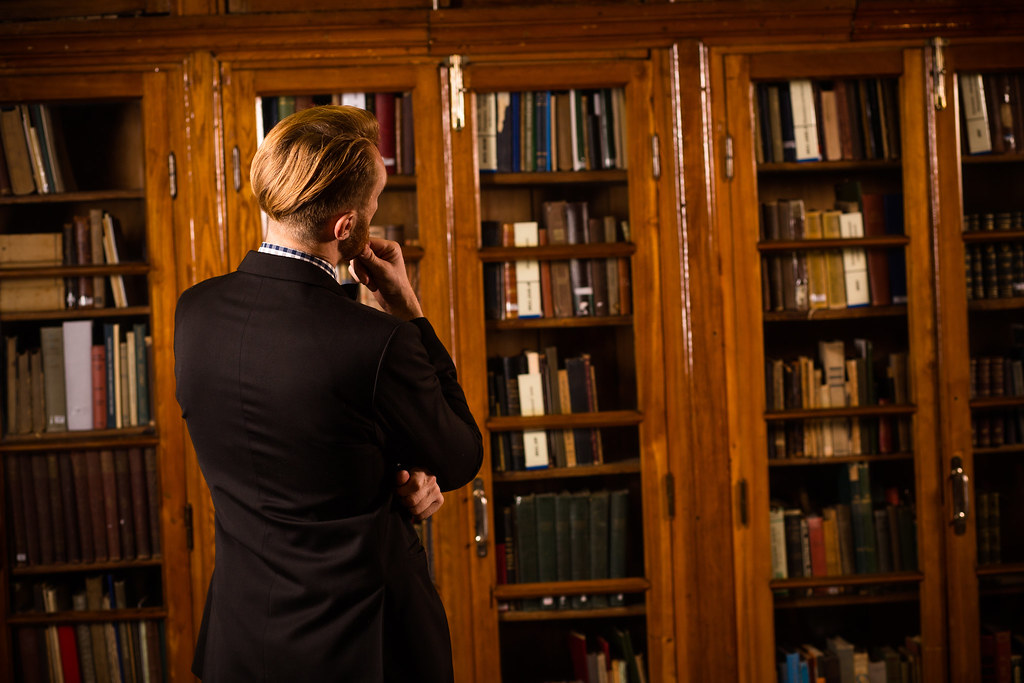Guided Focus Study Guide?
Let me start with this declarative statement, “I hate our US History Textbook.” Please don’t get me wrong, in its day it was very good, but it is outdated and set up in a fashion that does not suit my classes. It breaks eras up so that they may be split over several chapters. Students would read a chapter on the politics of an era, then then next chapter covers social culture, but we jump back 10 years to start the chapter. This is rather cumbersome and extremely time consuming in my not so humble opinion.
Our department’s goal was to go without texts, replacing them with primary sources and other materials, sometimes we can achieve that goal. My iPads are at the end of their useful life, my classes are not split evenly, some are overcrowded and some are sparse. This combination makes it difficult to assist students when technology glitches in an overcrowded class, but that is for another post.
I have started using the textbooks again, but only sometimes; as an addition to other class information sources. I have enough copies for a classroom set students can use on site.
Instead of having students complete questions at the end of the section after reading the text, I started giving them a “guided focus study guide.” The goal is to bolster students’ notetaking ability while letting them pull information to suit their learning style. I have noticed that when review questions are assigned students do not read the book, they search for answers. They will skim over important information looking for key words searching for specific details to answer the few questions at the end of each section. They overlook many important details they need to understand the issues we will be discussing.
This tendency causes issues such as students not being able to explain why an event happened, in fact sometimes they will complain the topic was never covered in class, when it was in the book and discussed, but was not a section review question. So…no more section review questions, I use…drumroll please… “Guided Focus Study Guides.”
I need a better name, I know, but it is what it is. I read the section or the chapter, or whatever the resource is several times. The first reading is to see if the resource is worth my classes’ time and effort, does it fulfill a purpose. I also get a rough sketch in my head as to what I believe is necessary for the students to understand for class discussions and how the events affected society as we move forward.
The second reading becomes a bit more labor intensive, Google Docs and/or Evernote are open as I now take notes and ponder what these events led to in the world. I begin typing out directions on which areas to focus on, and statements as to what to look for in each section of the resource. I add the specific details I find in the resource to my notes, students will ask all sorts of questions, I need to answer them quickly, especially in my crowded classes.
I run through the resource one last time, adjusting the focus guide and my notes as needed. I want to make sure the guide meshes with my goals for the resource:
- is easy to understand for the students
- do the focus areas guide students in the proper direction.
- does it flow well with the order of information in the resource.
Students are allowed to fill in the guides however they choose, bullet points or full sentences, on paper, in their notebooks physical or digital, which is easy since the guide is shared through Google Docs and pushed out via Edmodo.
We review the guides after students have class time to work on them, this allows for students to make sure we are on the same page if you will. I do not make the guides worth many assignment points, many students copy, will just write anything down for points, which is not the purpose. The purpose is to allow the students to pull information from the resource to further their understanding of the topic. I assess that through open note essay tests, but once again…that is a post for another day.
